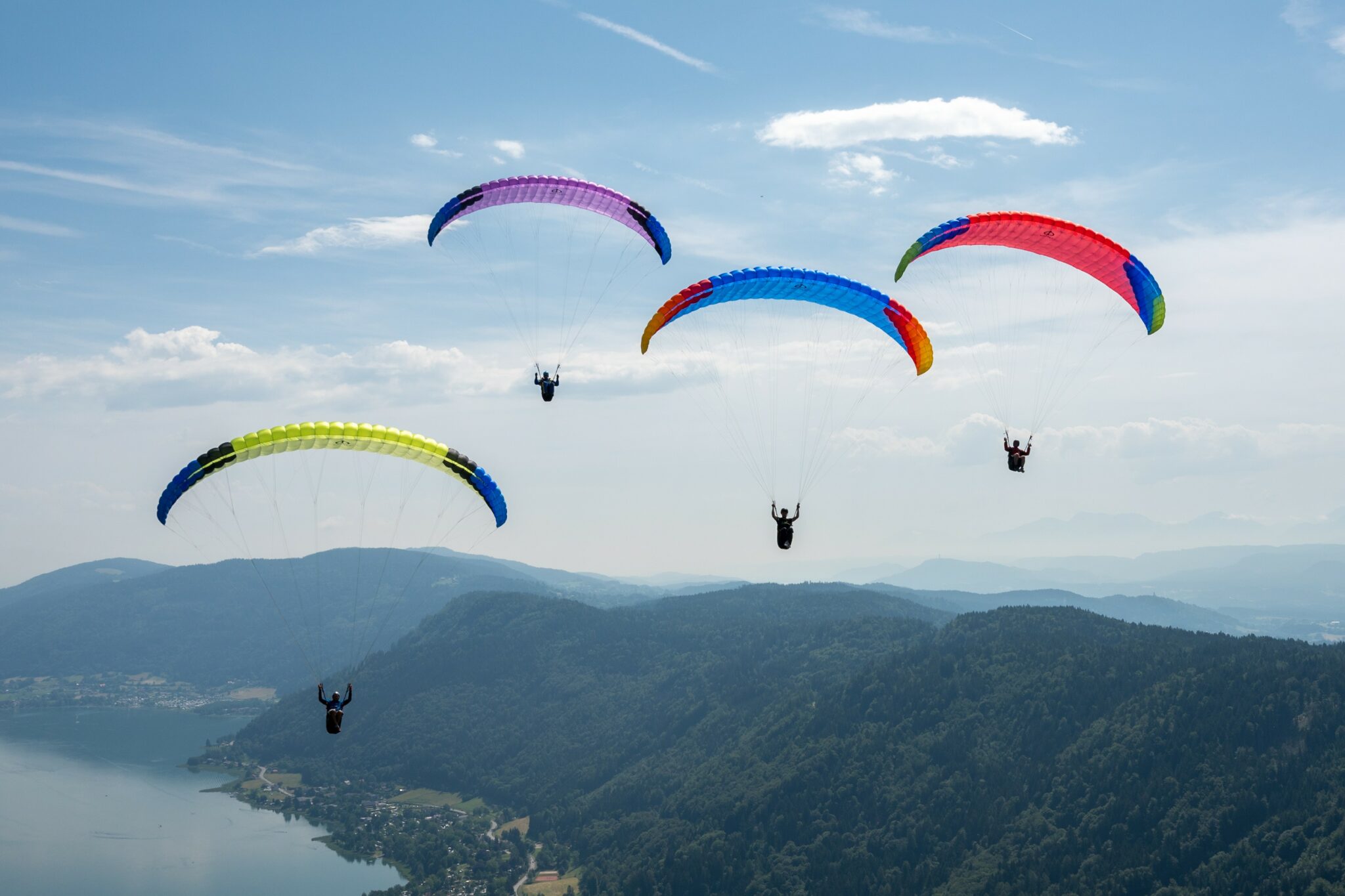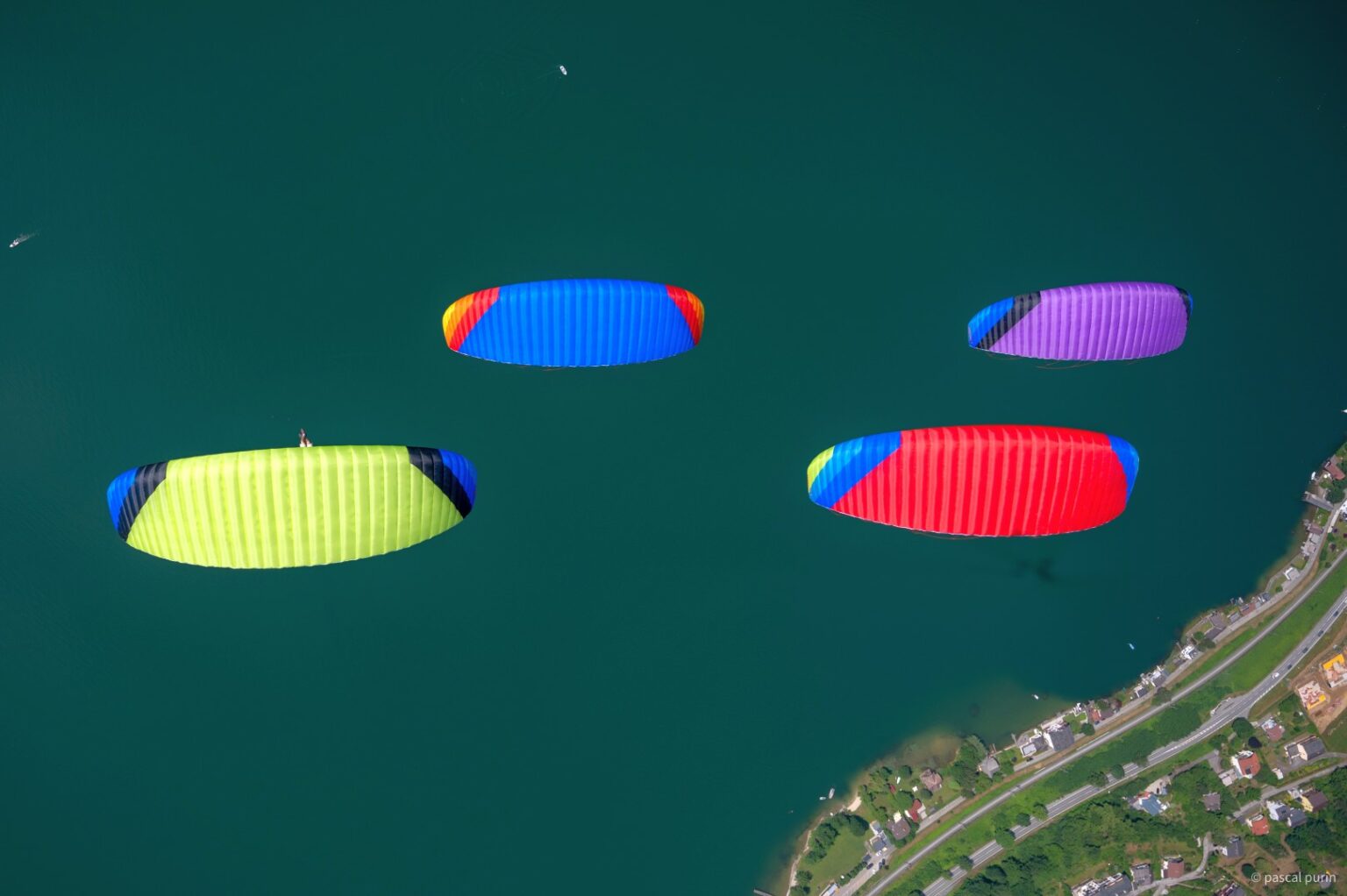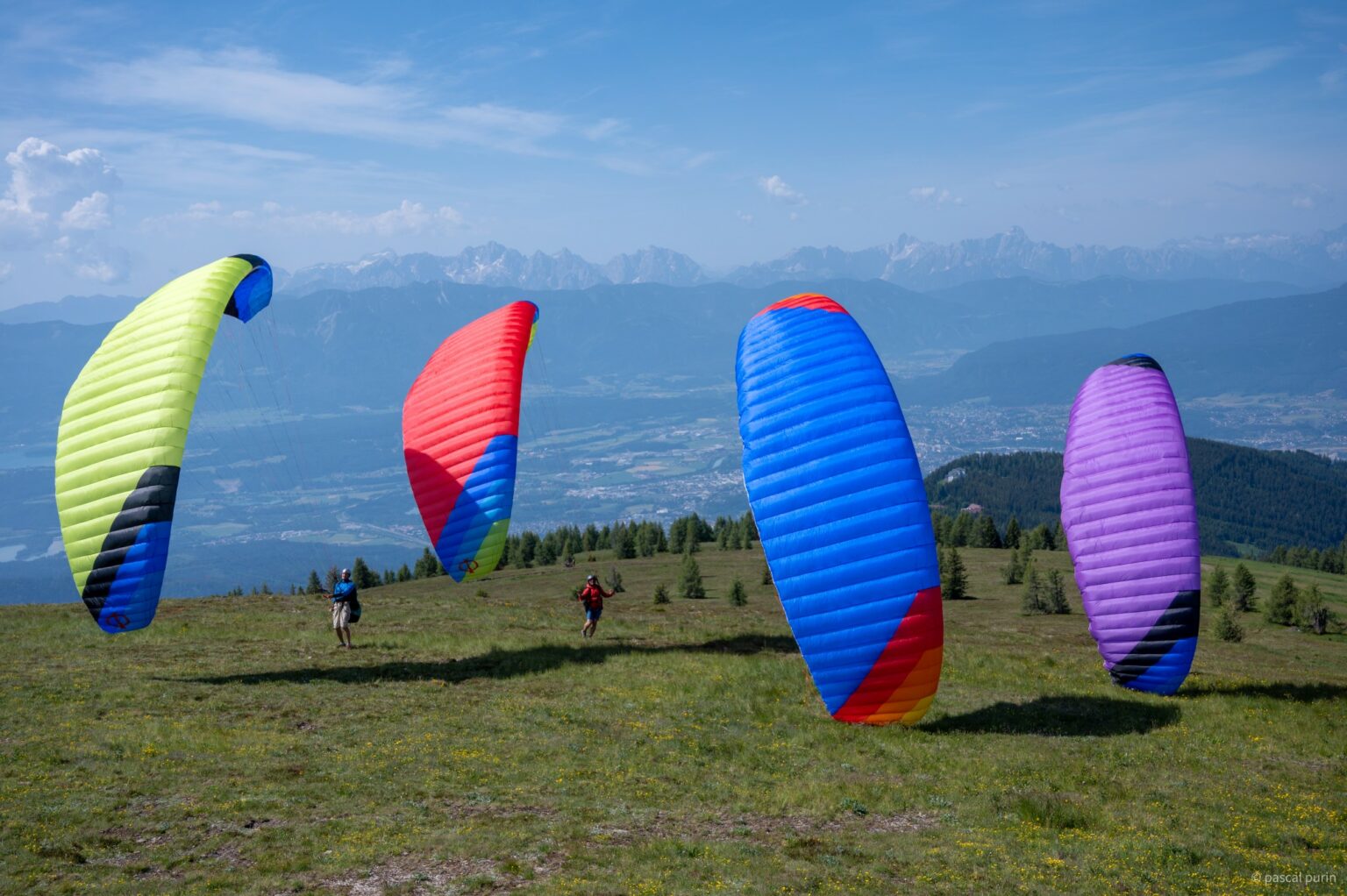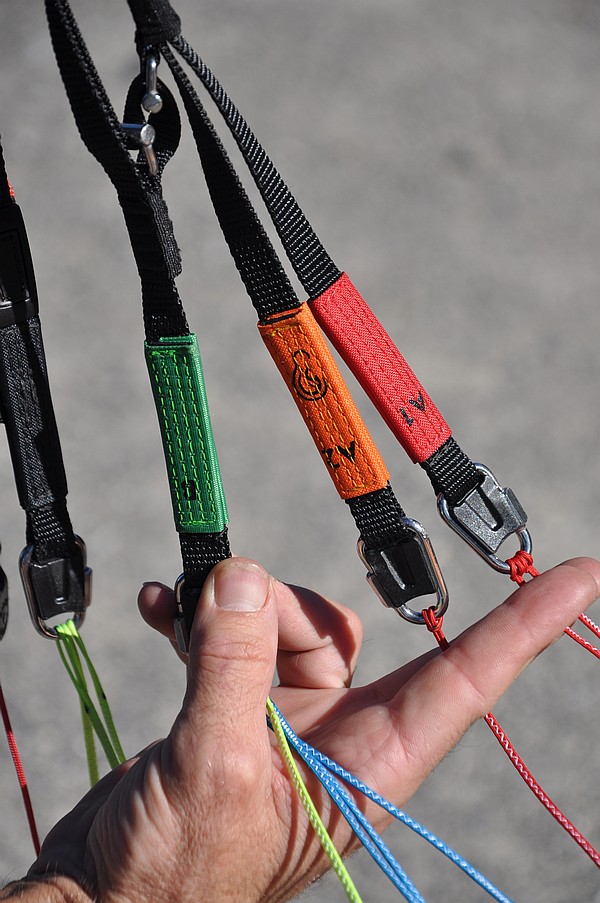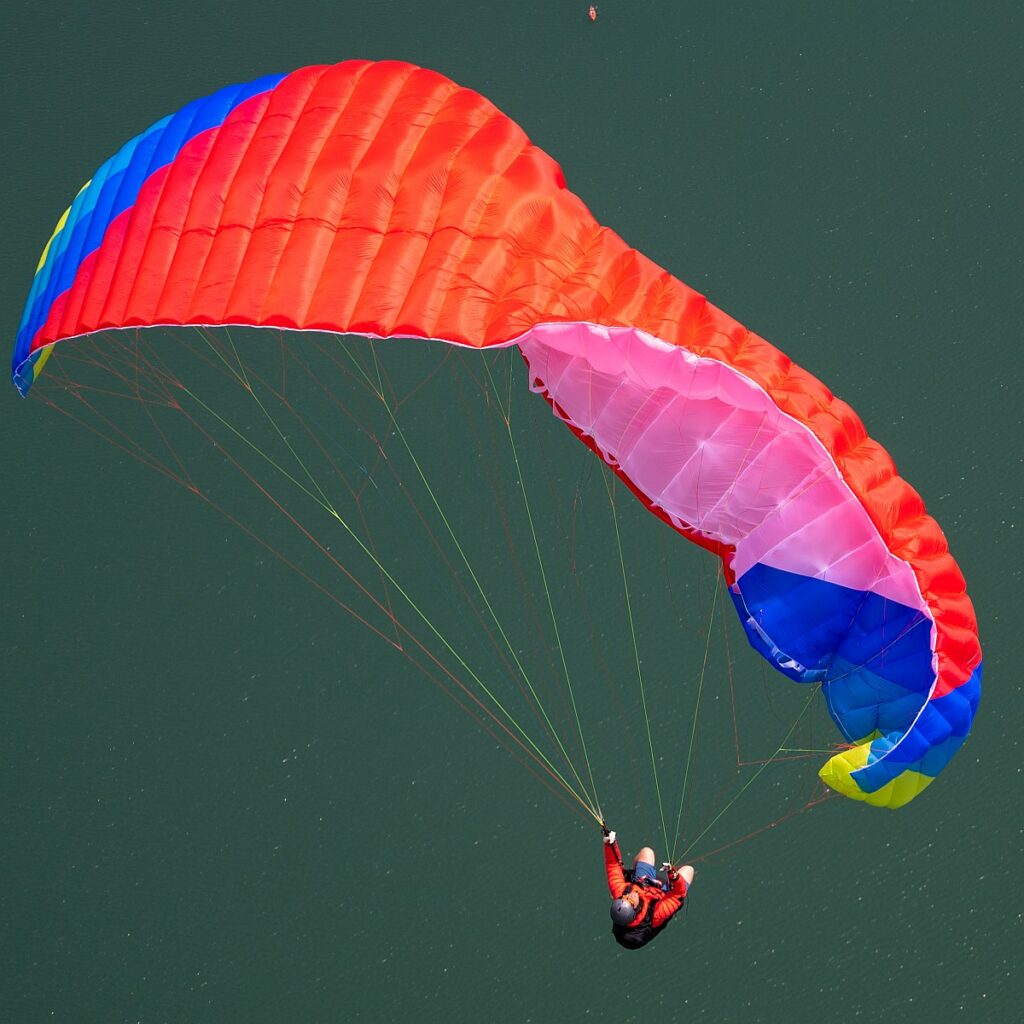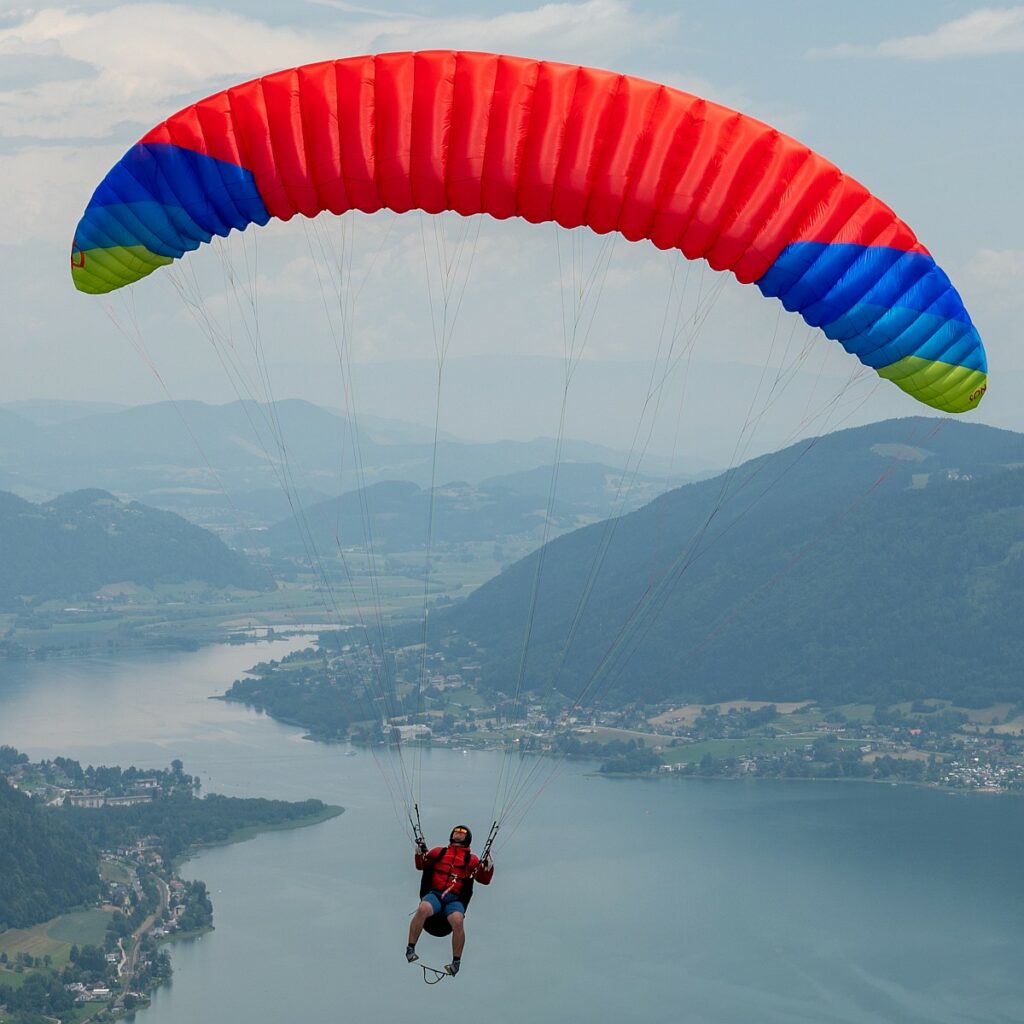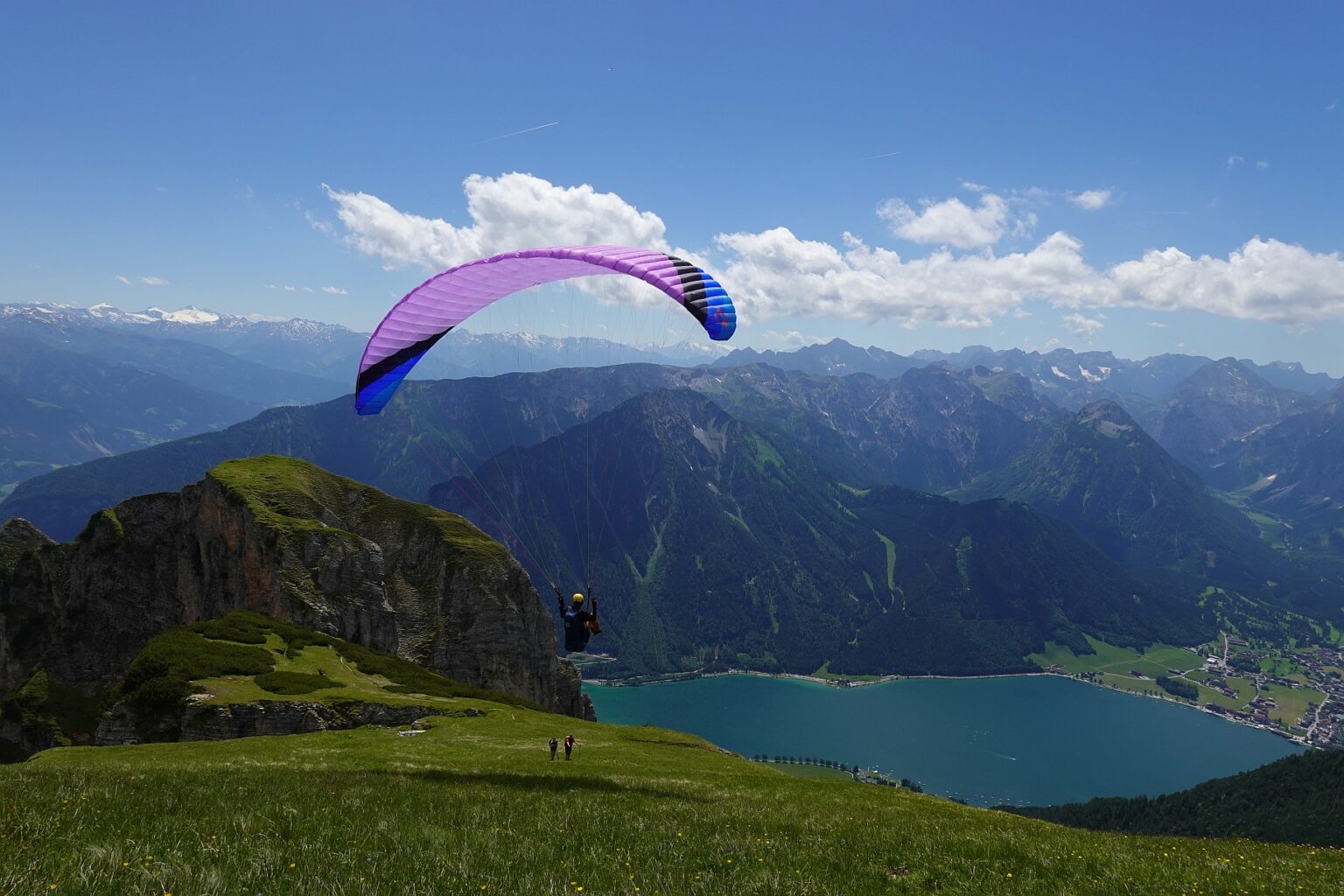Phi Sonata 2
$4,195.00
THE PERFECT BALANCE!
We are learning more and more. We are learning with every prototype wing we build and analyze. We are learning about performance wings and safety on the bottom of the range. More and more we are able to combine performance and safety to a new level of balance: here is the SONATA 2!
Description
THE PERFECT BALANCE!
We are learning more and more. We are learning with every prototype wing we build and analyze. We are learning about performance wings and safety on the bottom of the range. More and more we are able to combine performance and safety to a new level of balance: here is the SONATA 2!
SONATA 2 TECHNICAL FEATURES
The SONATA 2 is not only the small sister of the SYMPHONIA 2. Because of the higher safety level it can afford a very big extended weight range to offer the pilot or the school more options. The covered lines make it easier for not so experienced pilots. The take off behavior as well as the roll stability are excellent: a MUST HAVE for a modern wing in that class.
The feedback from active schooling with the SONATA 2 is confirming, that we reached our goal: takoff is very easy, roll stability excellent and most noticeable: the performance stands out from all others.
SONATA 2 DESIGNER’S NOTE
To optimize wings in that mid A class is not an easy task. The structural stiffness is a challenge. More wing curve is not the way to go as it results in less roll compensation. So we had to invest in the internals and the line angles. In contrast to the first generation of SONATA, the SONATA 2 has 3 main lines and plenty of diagonal fingers. A very high complexity for this cost critical class of “school wings”. But the result of this effort is opening the door for not only being a “school wing”. The SONATA 2 has a delightful handling and an outstanding performance, which pleasures advanced pilots long after their first flights on the training hill.
Hannes Papesh
SONATA 2 TESTING
As always, our test pilots put the SONATA 2 through its paces. It pays off: safety trainers value our gliders for their good behavior during extreme manoeuvres. The same applies to the SONATA 2: it is a pleasure to test it: very unspectacular in its reactions!
Specifications
| SONATA 2 | ||||||
| size | 18 | 20 | 22 | 24 | 26 | |
| number of cells | 40 | 40 | 40 | 40 | 40 | |
| projected span | m | 8,08 | 8,48 | 9,01 | 9,38 | 9,79 |
| projected area | m² | 18,55 | 20,5 | 22,71 | 24,64 | 26,81 |
| projected aspect ratio | 3,52 | 3,51 | 3,57 | 3,57 | 3,57 | |
| flat span | m | 10,05 | 10,57 | 11,1 | 11,56 | 12,05 |
| flat area | m² | 21,43 | 23,71 | 26,1 | 28,32 | 30,81 |
| flat aspect ratio | 4,72 | 4,72 | 4,72 | 4,72 | 4,72 | |
| line length | m | 6,11 | 6,42 | 6,74 | 7,05 | 7,32 |
| maximum chord | m | 2,65 | 2,79 | 2,93 | 3,05 | 3,18 |
| minimum chord | m | 0,63 | 0,66 | 0,7 | 0,73 | 0,76 |
| weight | kg | 4 | 4,35 | 4,75 | 5,05 | 5,35 |
| standard weight range | kg | 55-75 | 65-85 | 75-95 | 90-110 | 105-130 |
| extended weight range | kg | 75-85 | 85-95 | 95-110 | 110-125 | 130-145 |
| certification (EN/LTF) | A | A | A | A | A | |
| ext. weight range motor | kg | 55-130 | 65-130 | 75-150 | 90-150 | 105-150 |
| certification DGAC | i.A. | i.A. | i.A. | i.A. | i.A. | |
| material | Porcher Skytex 38, Easyfly | |||||
| risers | R10 (3+1) | |||||
| riser length | mm | 500 | 500 | 540 | 540 | 540 |
| speedway | mm | 150 | 150 | 150 | 175 | 175 |
Weight Ranges
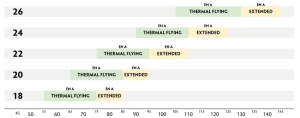
The take off weight on the scale includes pilot + equipment + wing.
For schooling and thermal flying it is recommended to stay in the normal range.
For high wind conditions the extended range offers more speed, energy and possibilities.
Colors
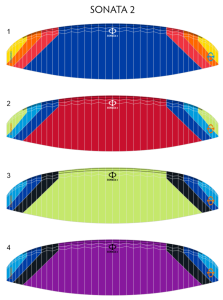
Related products
-
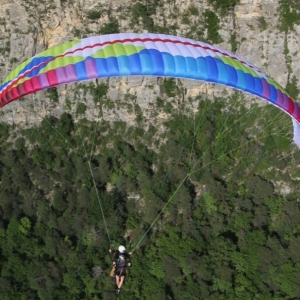
BGD Dual Lite
$4,900.00 -
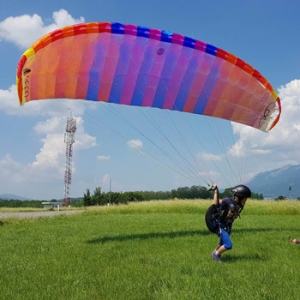
BGD Seed
$1,400.00 This product has multiple variants. The options may be chosen on the product page -
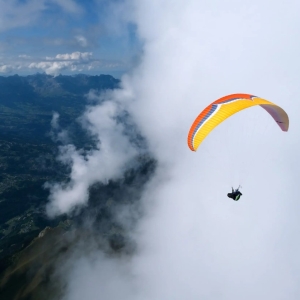
Ozone Rush 6
$5,500.00 This product has multiple variants. The options may be chosen on the product page -
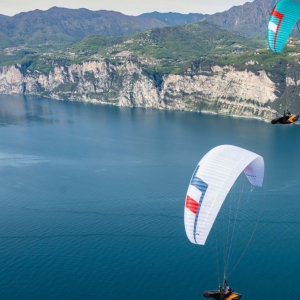
Niviuk Klimber 3P
$6,250.00 This product has multiple variants. The options may be chosen on the product page
